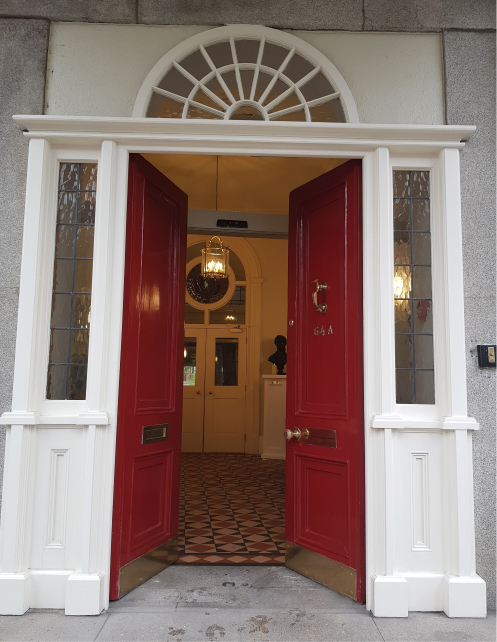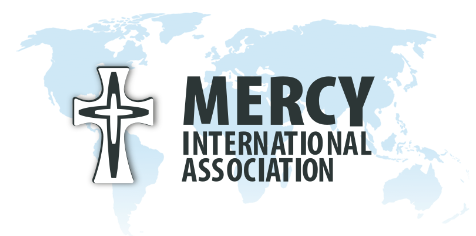Facilitators' Guide: Earth and Integral Ecology
Guiding Group
The Facilitators Guide offers three of many possible approaches to using these resources and may be of interest to individuals as well as groups.
)
Getty Images/Andreas Solaro. Used under licence
The role of the Facilitator will necessarily include organising the group’s access at the session to the resources on screen or in print.
A suggested structure for each Session is:
- Preparation of the Focus Space
- Prayer
- Introduction
- Content Explored
- Reflection and Discussion
- Closing
As this is the second theme in this Segment, groups will have already met for one or more sessions and so will have been introduced to the Focus (Global) and the microsite.
Whichever presentation you, the Facilitator, or group first choose to engage with, commence your work with the theme using the Introduction by Elizabeth Davis rsm which reminds us of the rich resources of the first month, invites each participant to reflect on his/her personal, unique and intimate relationship with Earth, and introduces the expression ‘Integral Ecology’.
The concept of Integral Ecology is central to Pope Francis’s call in Laudato Si' for the renewal of our common home. Facilitators needing a deeper understanding of the concept than that given in the Introduction could consult the articles by Jessica Ludescher Imanaka and Thomas Reese from the Good Reading section.
In her Introduction, Elizabeth Davis rsm provides us with an exercise ‘Walking on Holy Ground’ to engage us in reflection on our relationship with Earth, offering the following questions as a means to do so:
Where did my feet walk when I was young? Where do my feet touch Earth in these days? Where did my feet walk when I studied or when I made retreat or pilgrimage? Where have my feet walked in my ministry? Where have my feet touched Earth in my own country and outside my own country? Which bodies of water mean something special to me? What smells of earth or water still touch my spirit?
Use this exercise in your first Session to enable participants to ‘become more engaged in what that covenant between God and Earth means for each one of us and for all of us’ (Elizabeth Davis rsm).
Facilitators may find it helpful for a deeper understanding of the concepts in the Artistic Response presentation to have read Whakawhanaungatanga-Making Right Relationship by Kathleen Rushton rsm in Good Reading.
The Distinct Voice presentation introduces us to the wisdom of Indigenous Elder Uncle Max Dulumunmun Harrison. The Synod on the Amazon has emphasised the importance of listening to and recognition of indigenous voices, new for the church’s expression and with application well beyond the Amazon. A summary of the Synod is included in the Good Reading list. You might also like to consult this page on the Synod on our Mercyworld.org website.
In addition, an Australian story that made global headlines recently which many MGP participants would be familiar with, is the closing to climbers on 28 October of Uluru (Ayers Rock), ‘heart of country’, sacred to Anangu, the local Indigenous people. The significance of this event —one explanation can be read here —could be an entry point into a Session on the Distinct Voice presentation.
Once again we offer three of many possible approaches to using resources from the theme Earth and Integral Ecology implementing the suggested structure (nos. 1-6). The approach used will depend on the needs, interests and abilities of the group members. Facilitators may, of course, use their own approach with the resources, or choose elements from these three suggested approaches to create a different approach. At the conclusion of the Session the Facilitator or another group member is encouraged to send on ‘what is too good for the group to keep to themselves’ to mgpfeedback@mercyinternational.ie
Spanish translation using DeepL Translator. Traducción al español con DeepL Translator


)
)
)